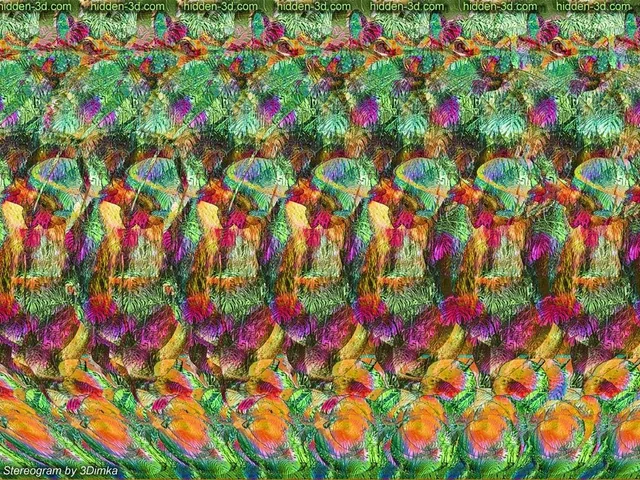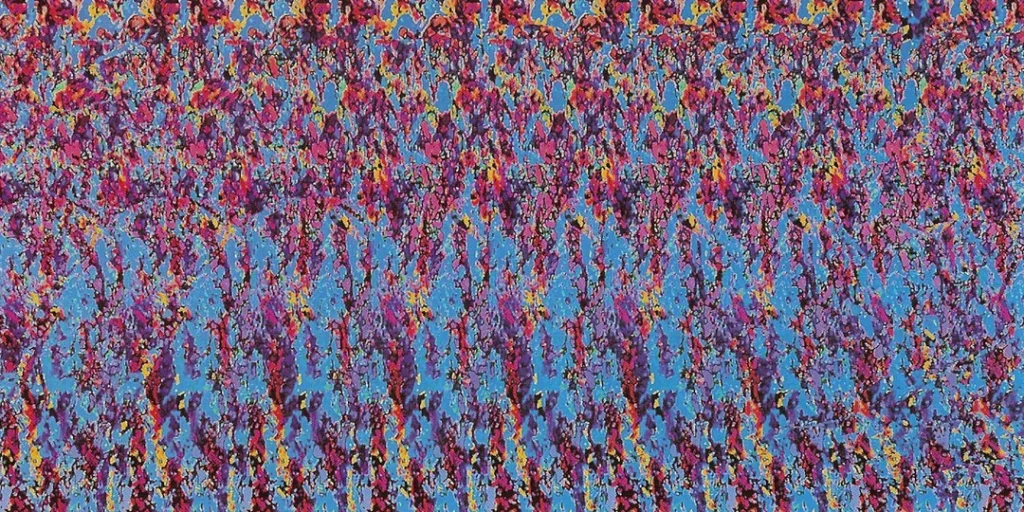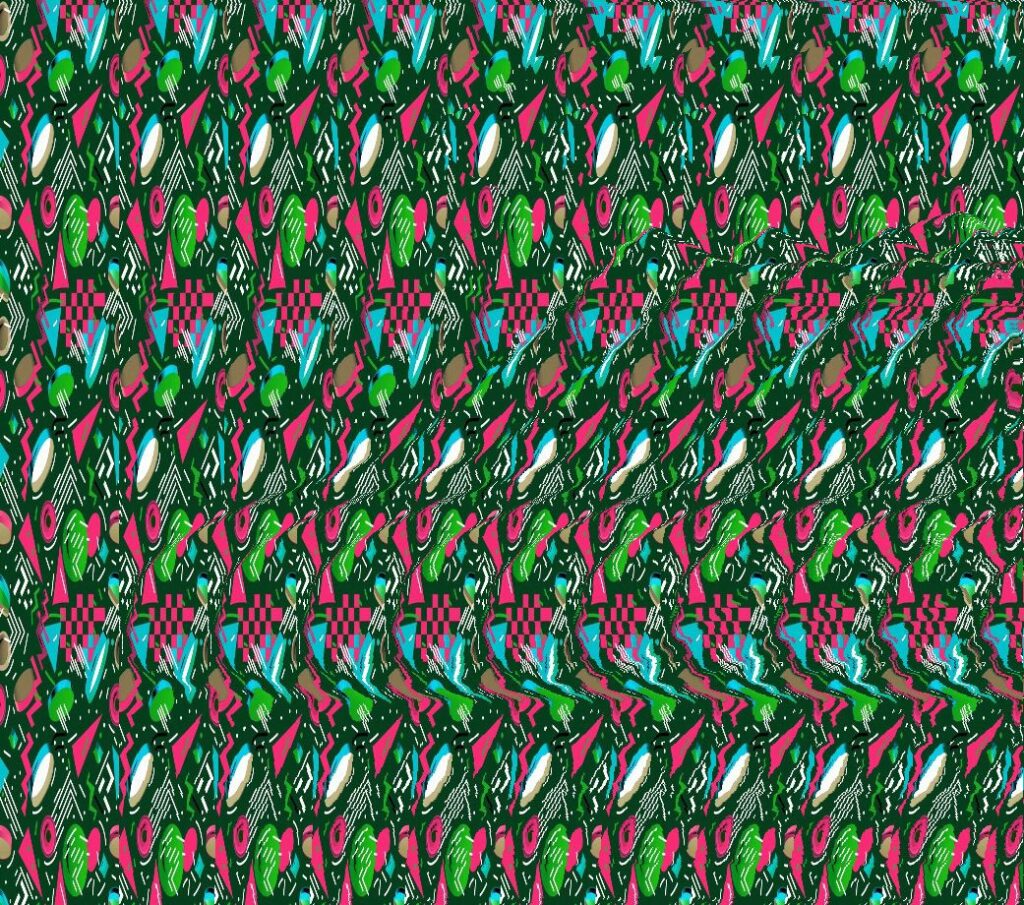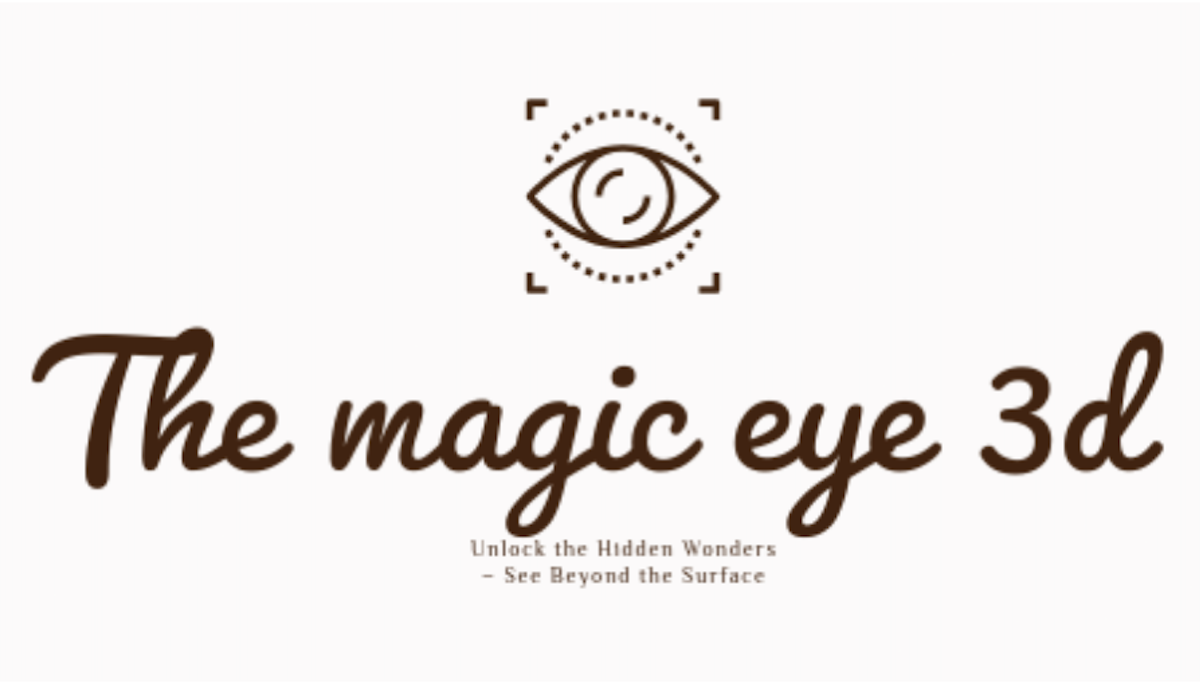Have you ever gazed into a seemingly random pattern of squiggly colors or dots, only for a hidden 3D image to magically appear before your eyes? If so, you’ve already encountered a fascinating visual illusion called a Single Image Stereogram (SIS). These mind-bending puzzles have captured the curiosity of art lovers, photographers, scientists, and puzzle enthusiasts alike. But how do they actually work? In this article, we’ll explore the science behind SIS, how you can view them correctly, and how photographers and digital artists are using them to wow modern audiences.

What Are Single Image Stereograms?
Single Image Stereograms are a type of optical illusion that creates the perception of a hidden 3D shape or scene inside a two-dimensional image. Unlike traditional stereograms that require two images, SIS use a single flat image that, when viewed in a specific way, tricks your brain into seeing depth where none physically exists.
The technique relies on how our eyes perceive depth through something called binocular disparity. By slightly offsetting patterns in a clever way, designers cause your brain to interpret those shifts as 3D information. When your eyes diverge or “look through” the image, each eye sees a slightly different version of the pattern, creating the illusion of depth.
A Brief History of Stereograms
The roots of stereograms trace back to the early 1800s when British scientist Sir Charles Wheatstone created stereoscopic images that could be viewed using a special device. However, the Single Image Stereogram didn’t come about until the 1970s and became popular in the 1990s thanks to computer graphics.
These stereograms gained widespread popularity through the best-selling “Magic Eye” book series, which introduced millions of people around the world to the joy of finding hidden 3D images using only their eyes—and a bit of patience!

How to View a Single Image Stereogram
Viewing a stereogram isn’t always easy at first, but with some practice, anyone can learn. Here’s a simple step-by-step guide:
- Hold the image close to your face—almost touching your nose.
- Relax your eyes and try not to focus on the image.
- Slowly move the image away from your face while keeping your focus fixed in the distance, almost like you’re looking “through” the image.
- Eventually, a 3D image will pop out from the background.
The key is patience. It might take several tries before the effect kicks in, but once it does, it feels almost magical. Some people find it easier to view these illusions on a screen, while others prefer printed versions.
Creating Single Image Stereograms
Designing a stereogram requires both artistic skill and technical knowledge. Many artists use computer software that generates the stereogram from a depth map. In simple terms, a depth map is a grayscale image where the brightness indicates how close or far parts of the 3D shape should appear.
Once the depth map is created, it’s merged with a repeating background pattern to hide the image. Specialized software layers these elements together to create the final stereogram. While DIY attempts are possible, most high-quality SIS images are built using programs like Stereogram Explorer or online stereogram generators.
Why Photographers Should Care About Stereograms
While Single Image Stereograms are often seen as novelty art or visual puzzles, they also have a place in the wider world of photography and visual storytelling. As a photographer, understanding SIS can add a unique skill to your creative toolkit. Imagine merging 3D photographic elements into a visually compelling stereogram piece!
With the rise of digital art and interactive experiences, stereograms are finding a new life online. Incorporating these illusions into photo books, digital portfolios, or social media campaigns can surprise and delight viewers while encouraging them to engage more deeply with your content.

Final Thoughts: Seeing Beyond the Surface
Single Image Stereograms beautifully blend art, science, and optical trickery. Whether you’re trying to solve one for fun or create one as a visual project, these illusions remind us that what we see isn’t always what’s truly there. For photographers, artists, and visually curious minds, stereograms offer a fascinating way to challenge perception and ignite imagination.
So the next time you come across a random pattern of dots, pause a moment. Look a little closer—or should we say, look a little deeper. You just might find a whole new world hiding in plain sight.
Keyword Tags: Single Image Stereograms, how to view a stereogram, 3D illusions, stereogram photography, hidden images in art



Excellent analysis